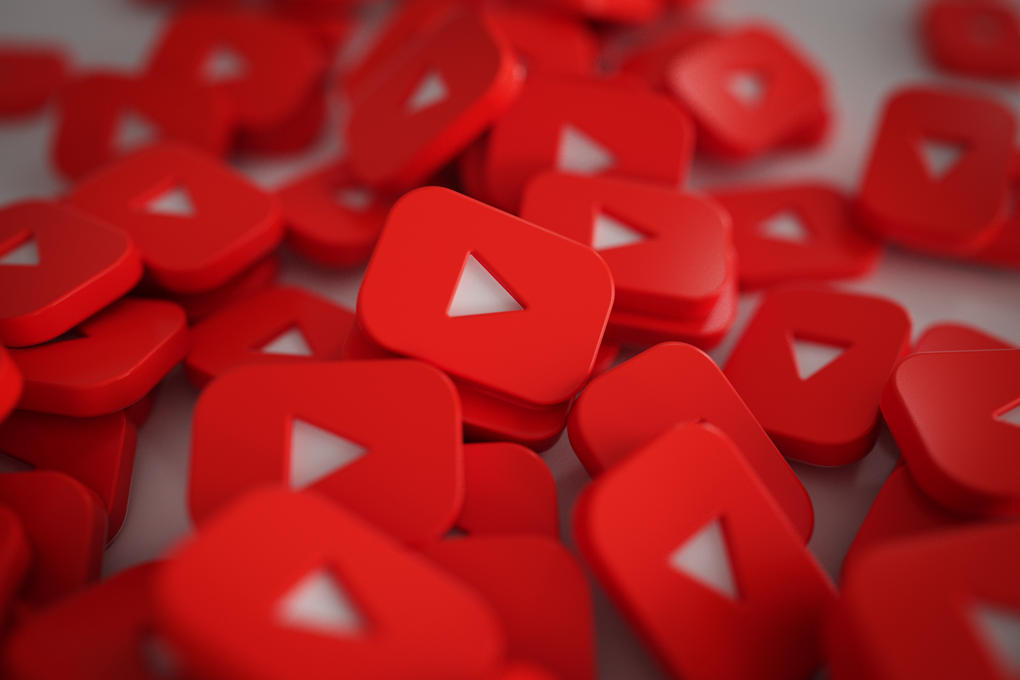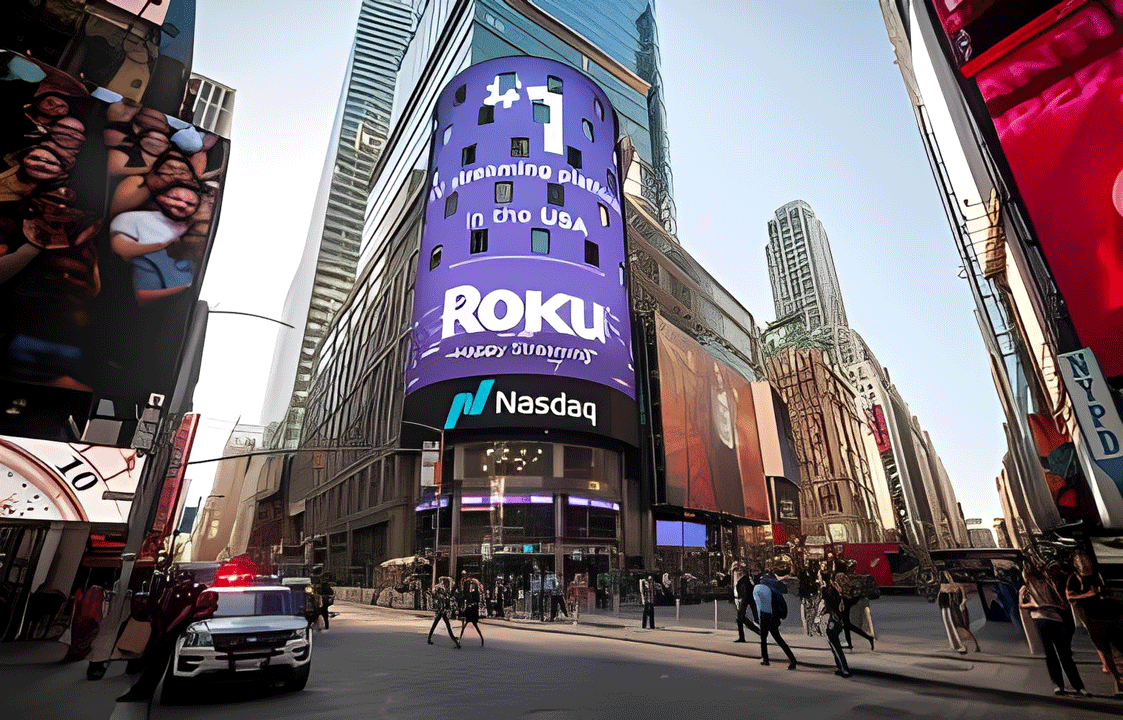
Visual Spectacle: A Cinematic Journey through HDR, 4K, and Dolby Vision on Sling TV
Sling TV has introduced 4K streaming for select live events, primarily major sports like MLB, NFL, College Football, and the Olympics, on certain channels like Fox Sports and NBCUniversal networks (e.g., USA Network for the Olympics).1
Here’s a breakdown of the visual spectacle features on Sling TV:
- 4K Resolution: Sling TV does offer 4K content, which is typically live sports and events.2
- Availability: It’s offered at no extra cost to subscribers with the necessary base plan (often Sling Blue or Orange & Blue, depending on the event).3
- Requirements: You need a 4K-compatible TV, an HDMI 2.0a (or newer) cable, an HDCP 2.2 port on your TV, and a robust internet connection (Sling recommends at least 20 Mbps sustained speed per session).4
- Compatible Devices (for 4K): 4K streaming is limited to specific devices, including:
- Roku 4K devices (Roku Ultra, Streaming Stick 4K/4K+, etc.)5
- Amazon Fire TV devices (Fire TV Stick 4K, 4K Max, Fire TV Cube, etc.)
- Apple TV (2nd Generation and later)6
- Chromecast
- Sony Bravia 4K family
- Nvidia Shield Android TV7
- HDR (High Dynamic Range) & Dolby Vision: While 4K streaming is supported on devices that are often HDR and Dolby Vision compatible (like the Roku Streaming Stick 4K and Apple TV 4K), official documentation from Sling TV about their live 4K content specifically supporting HDR or Dolby Vision is not widely available, and this is typically a feature that is dependent on the original broadcast or content feed. It’s safe to assume the primary current focus for the “visual spectacle” is the jump to 4K resolution.
To enjoy the best possible viewing experience, you’ll need to make sure you have both a compatible streaming device and a 4K HDR/Dolby Vision capable TV connected with the right cables.


